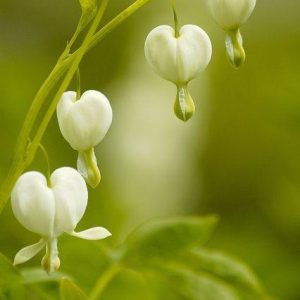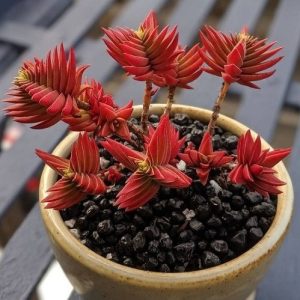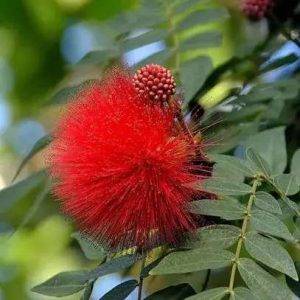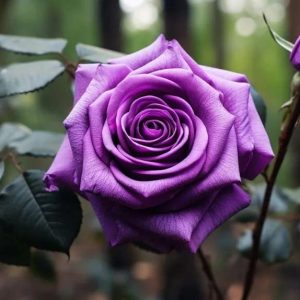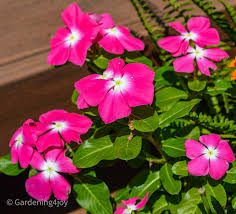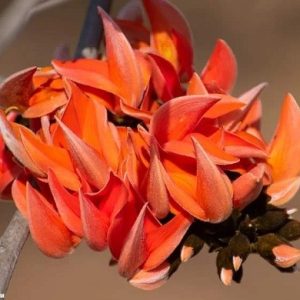Spring containers are so much fun. They ring in the gardening season with a splash of seasonal color. So many of the springtime bulbs, annuals, and perennial bloomers are only with us for such a short period of time. Hellebore is straightforward to grow, and is becoming quite popular as an addition to many spring container gardens.
Hellebores are a stand-out springtime perennial bloomer and make a great addition to these springtime annual flowers while in a container. They also can hold their own when planted individually. They come in many colors, offering plenty of variety when mixing and matching with other plants in pots or containers.
If you are thinking of adding hellebores to your containers or pots, there’s a few important things you’ll want to be aware of before you do. Keep on reading for some of our top tips to help your containers bloom this season!

When you drive by your favorite garden center in the spring and you notice that the potted daffodils and pansies are out for sale, you can be fairly sure that hellebore will be in that mix as well.
If you are new to planting hellebores, you will likely be purchasing your plants from a garden center in the springtime. If you are a veteran hellebore grower, this would be the perfect time to divide your larger plants and use them in other parts of your garden, or in containers.
Division is best done in the spring, and this is the perfect time to get them into a container. You will want to maximize the beauty of your containers while you can, and spring is the best time for potted hellebores.
Many hellebores grow extensive root systems which may make them tricky to grow in a container. It is important for root systems to have enough room to grow and reach for water and nutrients. If the pot is too small for the root system, the plant will not thrive. Here are a few container lovers:

This variety will start blooming in February, although they may skip a season if they were recently transplanted. It will start off with pink flower buds that open to a creamy white. The foliage is evergreen and a dark shade of green. Will grow to fifteen inches tall. Hardy in zones 5-8. ‘Champion’ loves partial shade.

Just as the name suggests this plant has really pretty silver leaves. Topped with pretty green flowers, this hellebore will grow to two feet by two feet. This would be a really nice container choice with brighter colored annuals.

This is a true beauty of a plant. Burgundy stems are topped with the prettiest shade of pink flowers. Hardy from zones 5-9, this hellebore will be happy from full shade to partial shade. Pink Frost will grow to about 15 inches high.

It is always a good idea to give your containers a good cleaning before you plant anything in it. This will help to eliminate any pests or diseases.
Brush off any remaining soil or plant material from the previous season. You may either actively scrub your pots or soak them in a large tub. Using a diluted bleach or vinegar mixture will ensure that you have wiped out all of the bad guys.
If you are using a terracotta pot, washing will moisten the pot and will help to keep your plant moist upon planting. If you are using plastic pots you can skip the bleach and just give them a good scrubbing to remove any old debris or salt and mineral build up.

This will all depend on how big of a plant you are starting off with. Some garden centers will offer smaller plants specifically targeted towards container gardeners. These would work well in window boxes, smaller pots, or tucked into a larger mixed container.
If you want to plant hellebores in a container on their own, I would start with a container that is about two feet deep and wide. This will allow the plant ample room to stretch out its roots and have a happy life in the pot.

Before you fill up your container with garden soil, think again. It is recommended that you use potting soil when you plant perennial plants or perennial flowers in containers. Many potting soils come premixed with a basic plant fertilizer which will give your plants what it needs to get growing.
Garden soil can become too heavy and hold too much water. Too much water equals trouble for the root systems of your plants. Too much water around the roots can weaken them and cause your plant to decline. Using potting soil will also keep the container lighter, making it easier to move when the time comes.

Choosing companion plants is not necessary while planting hellebores in containers. Hellebores look really elegant planted on their own in a container. You could place pots like this on either side of your front door, or along your walkway and it would make a really nice, subtle spring impact.
However, if you are looking for a little more spring pop window boxes and mixed containers with hellebores are wonderful! Pair the hellebores with other spring plants such as pansies, daffodils, and pussy willow or forsythia branches. Add in some ivy for a trailing effect and you’re all set!
While you are picking your companion plants it is important to keep in mind the drooping nature of the hellebore flowers. You won’t want to plant anything too close to the flowers, or you will miss the beauty of their blooms. This makes these plants best as a filler type of container plant.

Once you’ve selected all of your companion plants, think about how you want your container to look. Make sure each of your plants is showcased appropriately. Plant your taller plants in the back, medium plants in the middle and shorter or trailing pots along the sides and front of the container.
When I am planting a mixed container, I love to just rest the plants in the container I plan to use. This helps me see if I have enough plants, or if I have too many plants before I get digging.

Planting a hellebore is pretty straight forward. Before you prep your container, give your your flower a good watering while it’s still in its nursery pot.
Fill your container with soil, not all of the way, and get your plants ready! Make a small well in the potting soil, large enough for the hellebore you have selected.
Once you have gotten the pot off of the hellebore, the next thing you should do is loosen the soil around the roots with your hands. Place the plant in the container and fill with soil, packing it lightly. Give it a very good soaking, you should see water running out of the bottom of the container, and you’re done!

Hellebore is a shade loving perennial during the summer months. During these warmer months they only needs a few hours of dappled sunlight to grow successfully. In the wintertime, hellebore likes a bit more sun. This should be easy enough to achieve, since you can just move the pot into the sun in the wintertime.
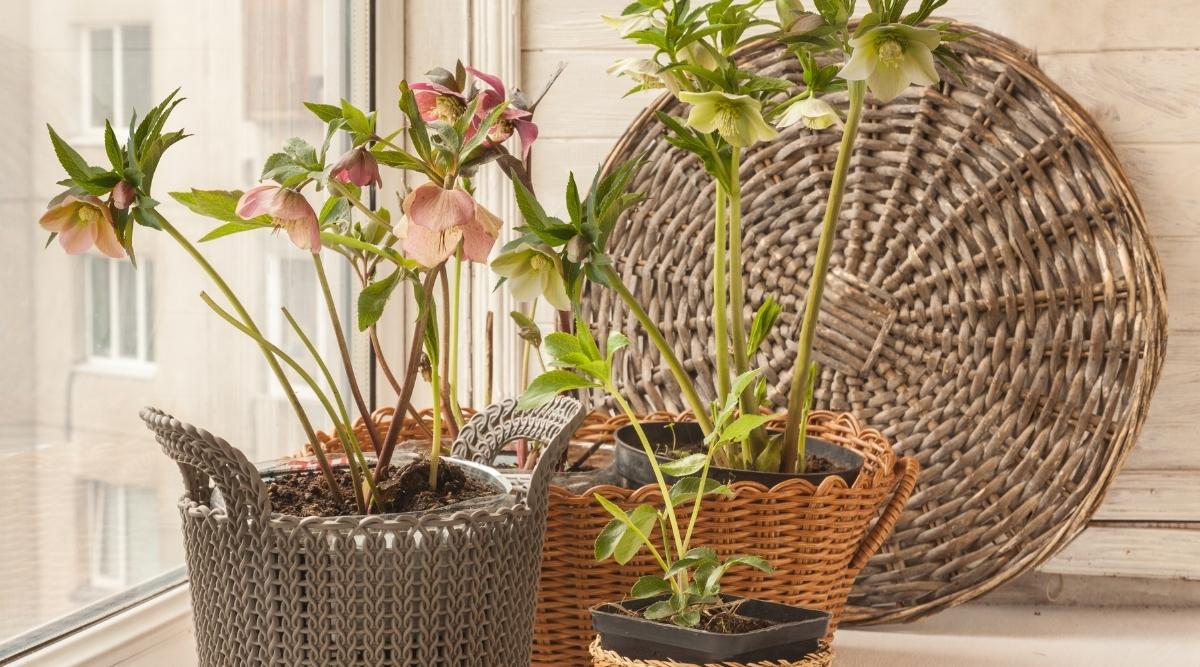
Hellebores prefer a partial to full shade spot when planted in your garden. The same goes for hellebores in containers. Place your containers on a covered porch, in a shady corner on your deck, or in the woods on an old tree stump or in a heavily rooted area where you can’t get things to grow in the ground.
Plant your containers near a window or an area where you spend a lot of time in the spring. This will allow you to enjoy your containers as much as possible during those chilly spring months.

Containers typically dry out much quicker than your garden beds. It will be important for you to keep them watered when the summer heat kicks into gear. Giving your hellebores a good watering twice a week should be sufficient. When the temperatures start to rise keep an eye on your containers, the top one inch of soil should be moist.
The quickest way to test this is just by sticking your finger into the potting soil to see if you need to water or not! As your hellebore grows it is likely that you will need to water more frequently as the amount of roots will be increasing, and the amount of space in the pot will be decreasing.

Hellebores benefit from a balanced fertilization twice a year. While in a container, you can add a slow release formula for flowering plants right into the potting mix, oftentimes potting mixes have the fertilizer pre-mixed for you. Your hellebores won’t need much else to be happy aside from those 2 feedings.

As the flowers of your hellebore begin to fade you will want to deadhead them just as you would if they were in your garden. Deadheading hellebores is a simple task. Grab your favorite shears and snip the spent flower off just underneath the blossom.
Hellebore flowers will self sow their seeds, which could lead to a mess within your container. If you don’t know the seeds have dropped they will be living in that potting soil and will sprout later in the season, or even into the next year if you save your potting soil.

If you would like to keep your hellebore in the pot that it has been living in all season, there are ways to do this. Keep it outside as long as you can, the plant will benefit from experiencing the natural weather changes of the seasons.
When you are ready to bring it in, keep it in a garage, a cool room or even a sunny three seasons porch. It will need sunlight, so keep that in mind when choosing its location. Keep it watered.
Don’t forget about the plant! Because these plants are very cold tolerant and evergreen they will still be active over the winter. The purpose of moving the pots out of the elements is to protect the roots!

Hellebores used in seasonal containers will pretty much have worn out their welcome by the end of the spring. If you are ready to make room in your containers for summer blooming plants it is simple to remove the hellebores and plant them into your garden.
Gently remove the hellebore from your container, and plant it in a shady location of your garden. Give it a heavy watering, and clean up any of the spent flowers or damaged leaves. The process here is the same as it would be if you were planting it straight out of a nursery pot.
Once you have planted your hellebore in your garden take extra care to keep your plant watered. The weather will likely be warmer than the ideal planting temperature but that’s okay! Just make sure the plant does not dry out, and you will have success!
Hellebores in containers have always been one of my favorite spring sights. They pair easily with spring blooming annuals and bulbs and double as an excellent addition to your shady perennial gardens. These containers mark the beginning of the gardening season for many gardeners. Hellebores are a great way to add a splash of spring to your gardens and your containers.
